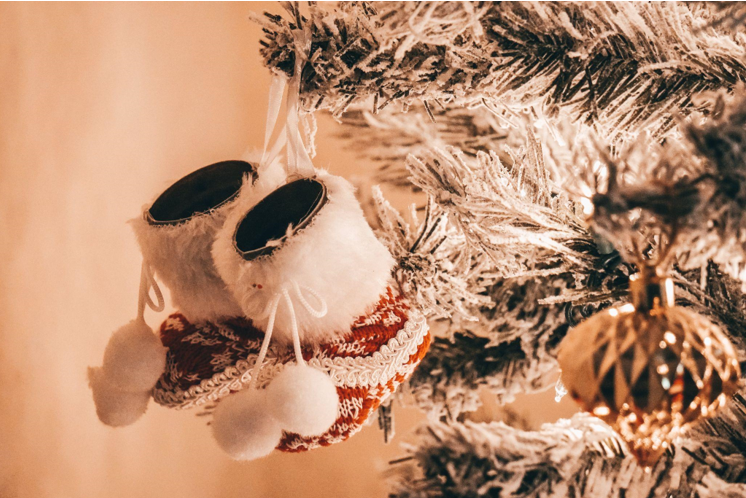The Art and Science of Making Artificial Christmas Trees
For many people, the holiday season wouldn’t be the same without a Christmas tree. While some enjoy the experience of trekking out to a local farm or retailer to choose the perfect live tree, others prefer the convenience of an artificial tree that can be used year after year. But have you ever stopped to think about the science behind artificial Christmas trees? How are they made, and what goes into creating these holiday staples?
The first step in making an artificial Christmas tree is to create the fake foliage that will make up its needles. This is typically done by taking plastic pellets and molding them into needle shapes using heat and pressure. Once the needles are formed, they’re layered onto branches made of wire to create the tree’s signature shape.
But creating a realistic-looking artificial tree is about more than just the needles. Many trees are designed to mimic specific types of evergreens, such as the noble fir or the blue spruce. To achieve this, manufacturers use various science projects and experiments to study the appearance and texture of real trees, comparing them to iterations of their artificial counterparts and tweaking the design accordingly.
The Benefits of Artificial Christmas Trees
While some argue that real trees are the more environmentally friendly choice, there are many benefits to choosing an artificial Christmas tree. For one, they’re a more sustainable option, as they can be used year after year instead of being cut down and disposed of each season. They also tend to be less of a fire risk than real trees, as they’re less likely to dry out and become a hazard.
Furthermore, artificial trees can also be more versatile in their design. While real trees have a natural, irregular shape that can be hard to work with, artificial trees can be manipulated and rearranged to achieve a specific look. And with advances in technology, many fake trees now come pre-lit, meaning that there’s no need to wrestle with tangled strands of lights each year.
Overall, whether you prefer the scent and feel of a real tree or the ease and durability of an artificial one, there’s no denying the role that science plays in creating both. By using experiments, lab testing, and innovative technology, manufacturers can create trees that are beautiful, functional, and versatile – making them a beloved part of holiday celebrations around the world.



